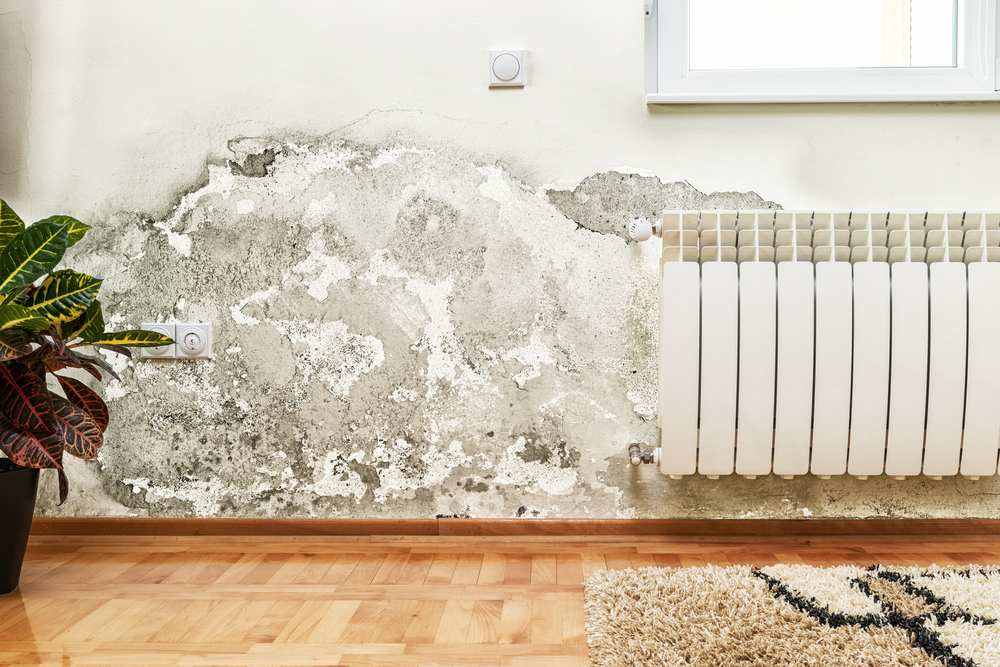
27 Jul The Dangers of Humidity & Damp in Your Home
Moisture in the air is natural and even a good thing isn’t it? How can you tell when it’s become a problem in your home? Keeping the humidity levels in your home just right can play a bigger role in your wellbeing than you may suspect.
Excess damp in the home can lead to health issues such as repeated respiratory infections as it encourages the growth of beasties like mould, bacteria and dust mites, not a good thing for those with allergic or asthmatic tendencies. It has been found that homes with a very high moisture content also have high mouse and cockroach allergens. It can also infiltrate your electronic equipment and cause rusting and infest your wooden fittings so that they rot. All in all, the cost of ignoring excess damp could be higher than you would first think.
Tell-tale Signs:
• Water droplets collecting on your walls – though this isn’t necessarily a sign especially in winter
• Water stains on your walls or ceilings
• A musty smell in your room
• Mould forming on the walls and ceilings
• Damp or mould forming on the clothes in your wardrobe
• Rotting wood
So what causes excess damp and what can you do about it?
High humidity is often caused by leaking pipes, rising damp coming up through the floorboards or rain coming in through improperly sealed window frames. Newly built houses can also still be drying out from the building process. Poor ventilation, for instance where you do your laundry and cooking, can also lead to moisture getting trapped and condensing into droplets.
It is possible to take care of all these issues though and still have a home that is prone to excess dampness. For that, there is a handy little gadget that can help you balance things out, called a dehumidifier.
Dehumidifiers
Dehumidifiers are really simple little devices that suck in air from the environment and releases it again minus the excess moisture. There are two main types:
One type uses refrigeration, sucking in air which it passes over a coil that cools the air down like a fridge would. This causes the water to condense and drip into a collecting tray. The air is heated back to room temperature before being blown back out again.
The other type is called a desiccant dehumidifier. It also sucks in air, but instead of using a cooling coil, it uses an absorptive material to extract the moisture, heats the air to room temperature and blows it out again. They are considered more energy efficient as they don’t use refrigeration and work in a shorter time-frame.
Tips to deal with excess moisture:
• Most importantly, make sure your home is well ventilated. Make a point of opening doors and windows to allow air to circulate for a little each day
• Use extraction fans in cooking and bathing areas
• Make sure your windows and doors seal properly
• Fix plumbing leaks
• If you have a basement that is collecting damp, using a dehumidifier there is a good idea
• Keep surfaces that tend to get damp clean, dry and disinfected to prevent mould
• Use a dehumidifier
Creating some healthy moisture equilibrium in your home may make all the difference for being able to breathe easy and save you on costs in the long run!



No Comments